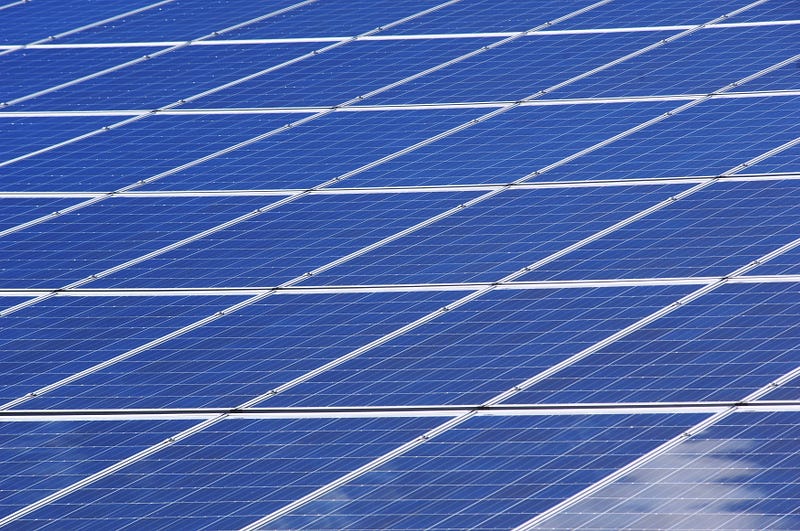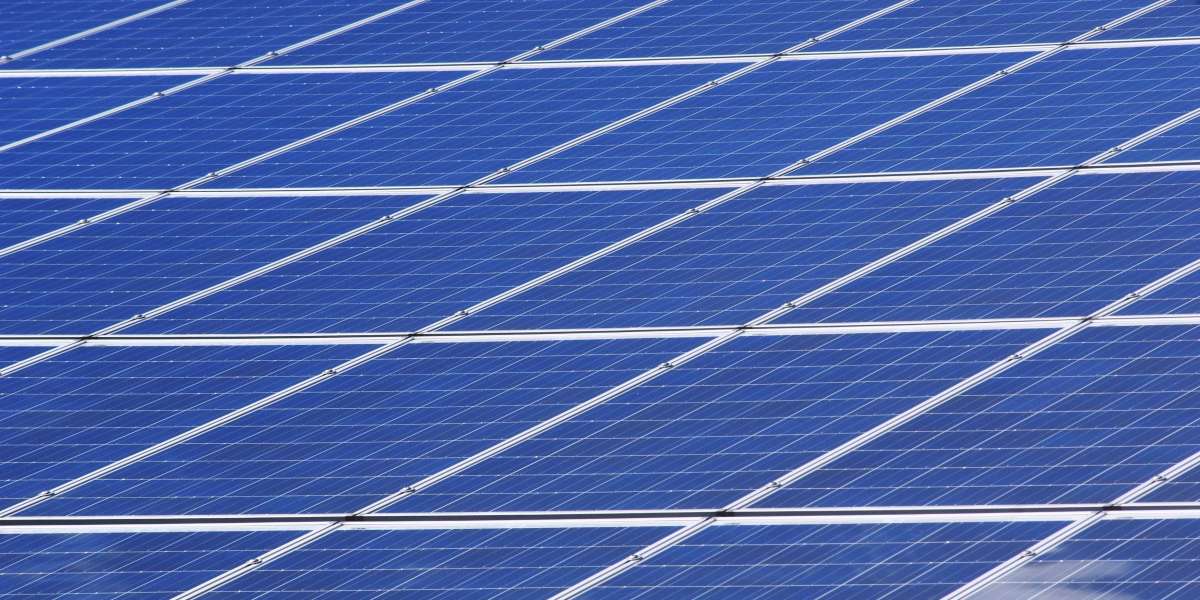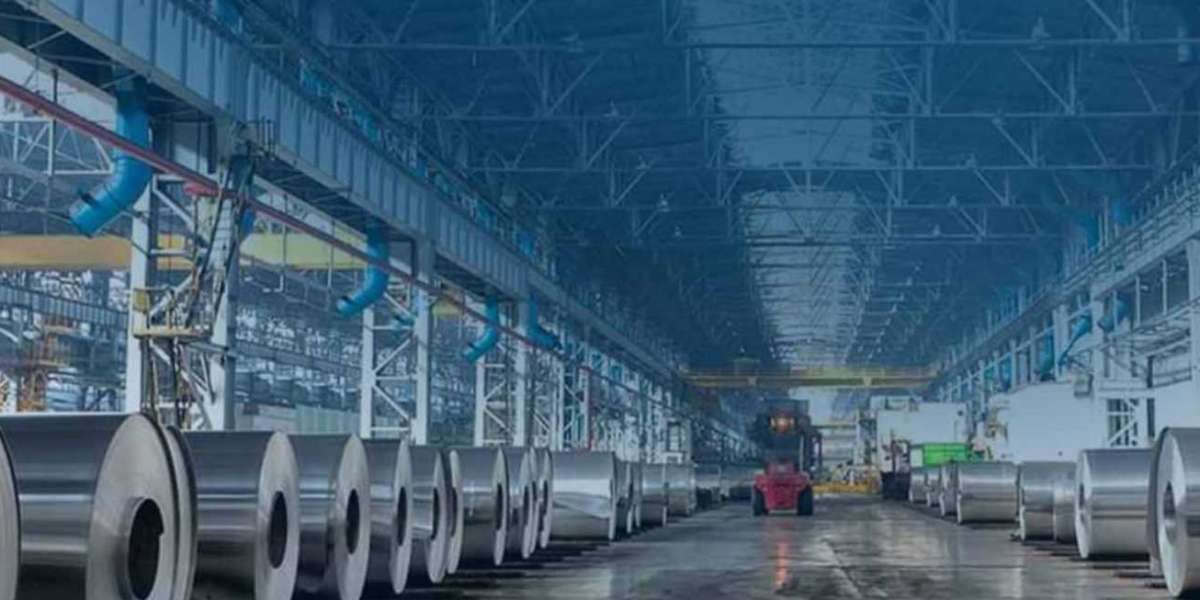Malaysia’s Transition to a Sustainable Future
Malaysia, a country celebrated for its natural beauty and diverse landscapes, is at a pivotal juncture in its journey toward sustainable development. The nation’s pursuit of economic growth and social progress is accompanied by the pressing need to address climate change. Despite abundant renewable energy resources, the transition to clean energy in Malaysia is not without its challenges. Overcoming these obstacles requires a comprehensive approach that goes beyond the mere harnessing of sunlight and wind. Let’s delve into the sea of potential and navigate the river of challenges that Malaysia faces in its renewable energy transition.

Abundant Potential, Present Challenges:
Malaysia’s renewable energy potential is staggering. Bathed in sunlight, the country has an estimated solar energy potential of 98 GW, enough to power the nation multiple times over. The winds that sweep through its highlands carry a capacity of 22 GW, while its rivers boast 8.5 GW of hydropower potential. Despite these promising figures, as of 2023, renewable energy contributes only 10% to the national energy mix, with fossil fuels still holding a dominant position.
One of the fundamental challenges lies in the complex institutional framework. Developers face a labyrinth of regulations, policies, and bureaucratic hurdles that can impede progress. Streamlining these regulations and encouraging investment through mechanisms like tax breaks and feed-in tariffs is essential. While government initiatives like the Sustainable Energy Development Authority (SEDA) are commendable, innovative financing models such as green bonds and crowdfunding can broaden participation and accelerate the transition.
Infrastructure Upgrade:
Infrastructure limitations pose another significant challenge. The existing national grid, designed for centralized fossil fuel power generation, requires a substantial upgrade to integrate distributed renewable energy sources efficiently. Investment in smart grids, energy storage solutions, and grid modernization is imperative for a seamless transition. Additionally, public perception plays a crucial role. Addressing misinformation and concerns about land acquisition through transparent communication and community engagement is vital to bridge the trust gap.
Vaoslar: Illuminating the Path Forward:
In the face of these challenges, companies like Vaoslar emerge as beacons of hope. Founded in 2012 with a vision for a sustainable future, Vaoslar specializes in providing comprehensive solar energy solutions, from rooftop installations to solar farms. Their deep understanding of Malaysia’s renewable energy landscape allows them to navigate regulatory complexities and secure financing for their clients.
Vaoslar’s commitment to community engagement is exemplified by their work in the remote village of Kampung Kuala Berang in Terengganu. Through the installation of a solar microgrid, Vaoslar not only provided the village with access to clean and reliable electricity for the first time but also empowered the community to embrace a sustainable future. Such localized success stories showcase the broader benefits of renewable energy beyond environmental impact, fostering social progress and community empowerment.
Bridging the Gaps: A Collective Endeavor:
Overcoming the hurdles in Malaysia’s renewable energy transition demands a collective effort. The government must take the lead in implementing policy reforms, streamlining regulations, and incentivizing investment. Companies like Vaoslar play a crucial role in developing innovative solutions, fostering community engagement, and demonstrating the economic and social benefits of renewables.
Academia and research institutions also have a role to play by developing new technologies and providing data-driven insights. However, the responsibility does not end with the government and businesses. Every individual, from conscious consumers making sustainable choices to young minds pursuing green careers, plays a part in building a sustainable future.
Towards a Greener Future:
As Malaysia stands on the brink of a clean energy future, the narrative goes beyond overcoming technical challenges. It is about forging a new social contract, one that envisions a future powered by the sun, wind, and a collective spirit of resilience and innovation. By understanding and addressing the obstacles, empowering communities, and embracing innovative solutions, Malaysia can write a truly sustainable chapter in its story.
Innovation:
Businesses, particularly those in the renewable energy sector, must continue to lead by example. Companies like Vaoslar pave the way, not only by implementing sustainable solutions but also by actively engaging with communities. Their collaborative model, focusing on local ownership and skills development, stands as a blueprint for others. Encouraging research and development within the industry can further drive technological innovation, making renewable energy more efficient and accessible.
Educational Initiatives:
Education plays a crucial role in overcoming skepticism and misinformation surrounding renewable energy. Integrating sustainable energy concepts into school curricula and promoting awareness campaigns can shape a future generation that is environmentally conscious and eager to contribute to sustainable practices. By fostering a culture of understanding and appreciation for renewable energy, Malaysia can create a more informed and supportive society.
Technological Advancements:
The realm of renewable energy is dynamic, with technological advancements occurring at a rapid pace. Collaborations between the government, private sector, and research institutions can drive the development of cutting-edge technologies. Investing in research and development initiatives will not only enhance the efficiency of existing renewable energy systems but also unlock new possibilities, further propelling Malaysia toward a cleaner and more sustainable energy landscape.
International Collaboration:
As the global community faces the shared challenge of climate change, international collaboration becomes crucial. Malaysia can benefit from sharing experiences, best practices, and technological advancements with other nations actively engaged in renewable energy transitions. Participating in international forums and collaborations can provide valuable insights, strengthen diplomatic ties, and accelerate the pace of Malaysia’s own sustainable development goals.
Consumer Awareness and Participation:
The role of individual consumers cannot be understated. Promoting energy efficiency practices and conscious consumption can significantly contribute to reducing overall energy demand. Government-led campaigns, incentivizing energy-efficient technologies, and encouraging green consumer choices can collectively steer Malaysia towards a more sustainable energy future.
Conclusion:
In conclusion, Malaysia stands at a critical juncture in its renewable energy transition. While challenges are prevalent, the nation’s potential for a sustainable future is immense. By addressing institutional complexities, upgrading infrastructure, and fostering community engagement, Malaysia can overcome these hurdles. Companies like Vaoslar exemplify the positive impact of community-centric initiatives, showcasing the transformative power of renewable energy.
The collective effort of the government, businesses, educational institutions, and individuals is essential in navigating this path. Policy reforms, technological innovation, and international collaboration are all integral components of Malaysia’s journey towards a greener future. As the nation continues to embrace the winds of change and harness the power of the sun, it not only secures a sustainable future for itself but also contributes to the global endeavor of combating climate change.








